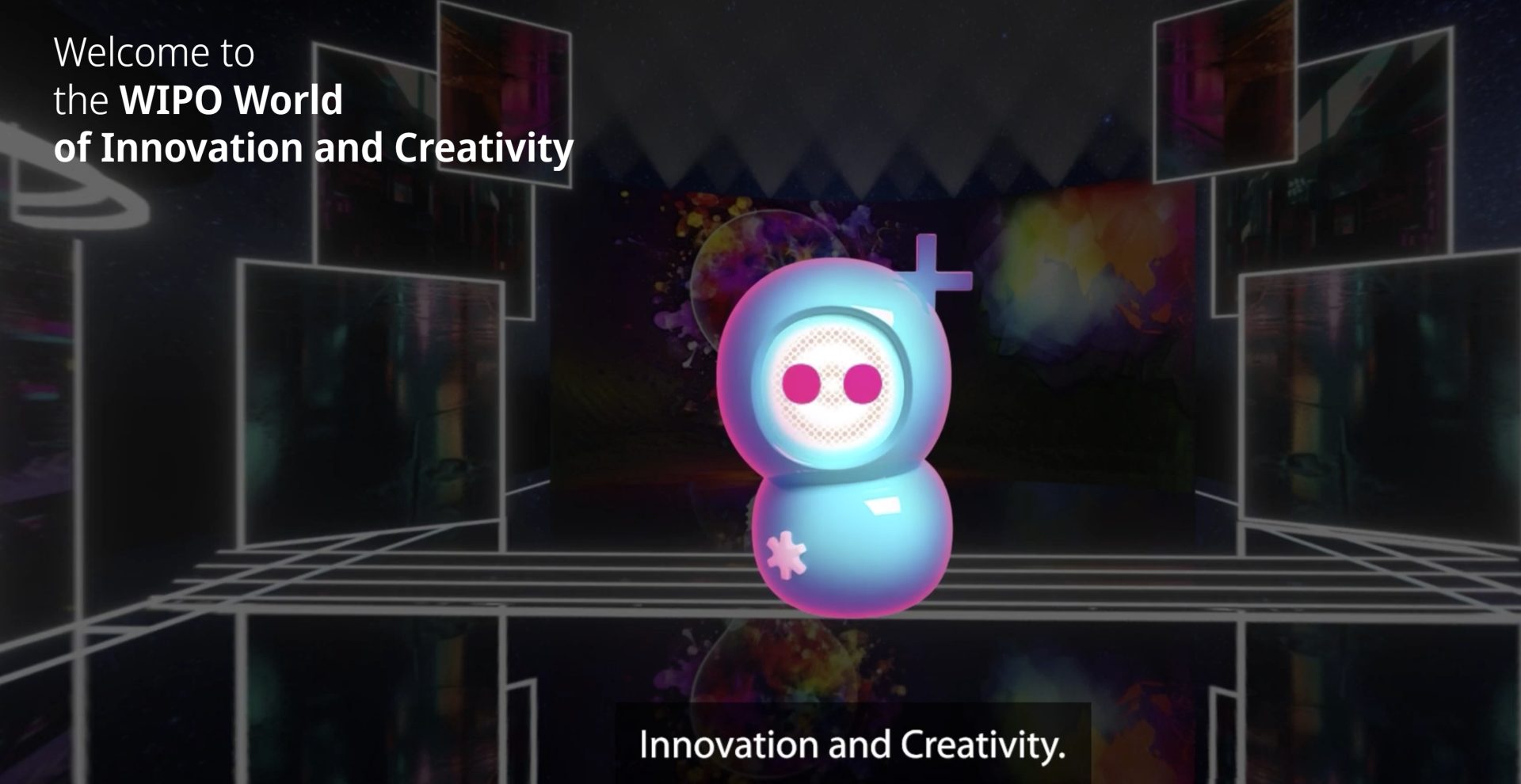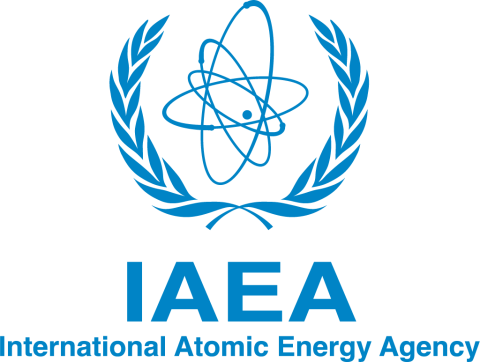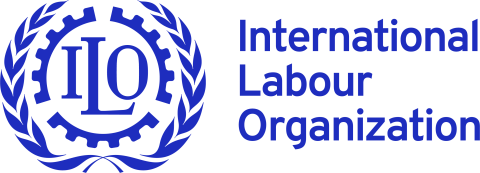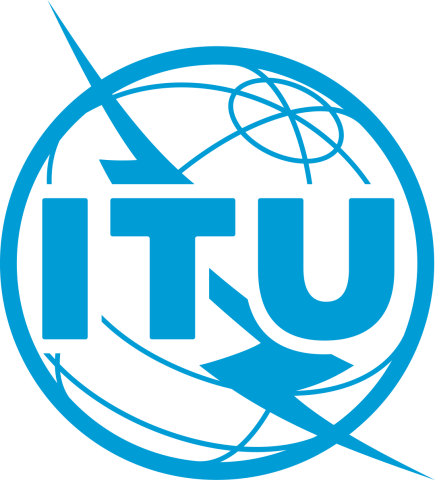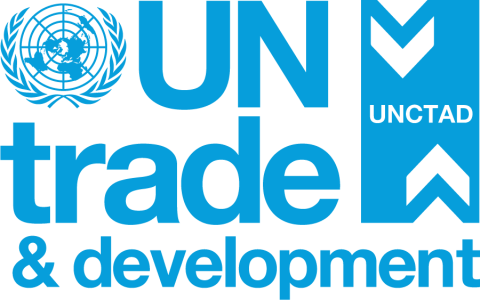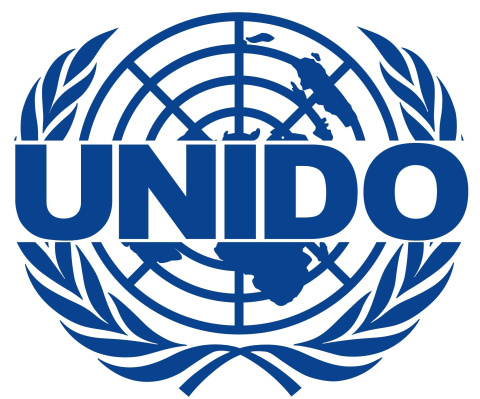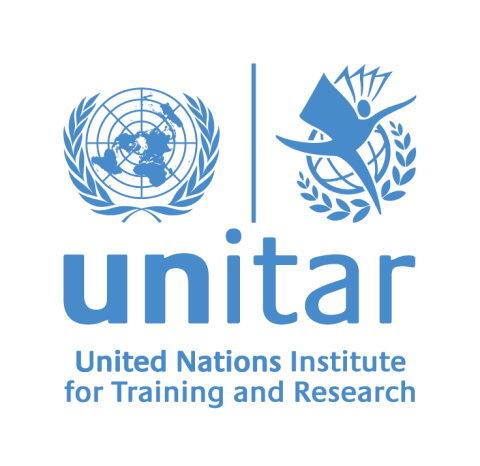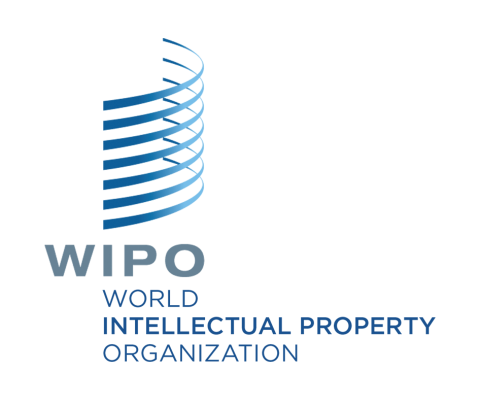
面包屑
- 此页面是使用机器翻译翻译的。 阅读全文.
为新兴技术制定全球标准和法规
国际电信联盟(ITU)不仅是当今联合国系统中历史最悠久的实体,也是负责数字技术的机构,它制定标准并提供规范全球网络的建议。例如,所有国际电话拨打的国家代码都是ITU的标准。近期的例子包括4k或8k高清视频的传输,以及关于海底光缆系统特性的建议。这些建议可能涉及所用技术的技术特性、兼容性问题、安全性以及可持续性要求。
让新技术惠及所有人,连接世界
国际电联的目标之一是改善尚未实现互联互通的社区对数字技术的获取。随着移动电话拥有量、宽带覆盖率或互联网用户的增加,互联互通水平逐年提升,越来越多的人能够获取信息或参与全球市场。然而,正如国际电联2024年的数据所示,男性与女性、城乡人口以及高收入国家与低收入国家之间仍然存在显著差异:
全球有 68% 的人使用互联网
(高收入国家为 93%,低收入国家为 27%)
全球 80% 的人拥有手机
(高收入国家为 96%,低收入国家为 56%)
全球51%的个人已覆盖5G移动网络
(高收入国家为 84%,低收入国家为 4%)
联合国各实体致力于改善全球获取新技术的机会,相信这有助于发展——例如通过改善教育、进入全球市场,甚至进入金融体系。
示例:Giga Initiative
国际电联与联合国儿童基金会共同发起了“全球互联网接入倡议”(GIGA) ,其宏伟目标是:到2030年,让全球所有学校都接入互联网。Giga的第一步是绘制所有学校的地图,包括其互联网接入情况和连接质量。之后,该项目将与各国政府合作,制定学校普遍接入互联网的融资模式和技术细节。
自 2019 年启动以来,已有 210 万所学校绘制了地图,其中 14,500 所学校获得了改善连通性的援助,使 779 万名儿童能够更好地使用互联网。
利用技术推进联合国目标
随着技术的变化,社会也在不断变化:工作场所、学校、图书馆、餐厅或医院都在使用新方法来改进其工作模式。联合国也密切关注各个领域的创新,始终评估新技术是否以及如何能够帮助联合国更好地提供服务。联合国通过“联合国学术影响力”倡议与学术界建立联系,使联合国能够将最新的研究成果应用于实际工作。
调整可能很简单,但其影响不可否认。例如,人权理事会于2024年投票决定为其所有会议提供远程在线参与模式。如此一来,在日内瓦没有代表的小国,甚至来自世界各地的非政府组织,即使没有预算派遣参会人员,也能参与会议并做出贡献。这使得理事会能够听到更加多元化的声音。
新技术也被用于改善联合国实体直接向社区提供的服务。例如,由国际电联牵头的“人工智能造福人类”倡议特别指出了可用于支持实现可持续发展目标的人工智能应用。
人道主义援助中的技术
在人道主义援助中使用技术可以挽救生命:预测灾害事件并在灾害发生时提供援助。世界气象组织使用地球观测卫星和数值模型来评估地球状况并预测极端天气事件。监测和预报是联合国“人人享有早期预警”倡议的支柱之一,旨在减少自然灾害期间的受害者人数和物资损失。另一个支柱是将这些信息传播给潜在危险中的人们。由于电信覆盖范围的改善,现在这一目标已经实现。世界气象组织和国际电信联盟携手合作,向受灾地区的所有人传播天气信息。
灾害响应也越来越依赖科技。例如,无人机可以向难以到达地区的人们运送物资和药品,机器人现在可以用来从救援人员无法进入的危险区域救援人员。
保护创新和创新者
联合国不仅应用新的发明和创意,也保护它们的创造者。总部位于日内瓦的世界知识产权组织负责注册创意、创作、品牌和设计,从而保护它们免遭竞争对手的盗窃或非法复制。即使是土著人民的传统知识和文化,也可以在国际知识产权体系下受到保护。
除了作为现有知识产权注册的参考之外,世界知识产权组织 (WIPO) 还充当各国制定知识产权政策、进行跨境监督并在必要时解决争议的平台。此外,该组织还为个人、团体或企业提供培训,教导他们如何更好地保护自己的创新或公司。画家、音乐家、手工艺人、医务人员或厨师:他们都在创新,但他们并不总是知道如何保护自己的创新。因此,该组织面向全球受众(包括大学和学校)提供能力建设项目,以培养各个年龄段的创新和创造力。
知识产权数据
2023年,申请人提交了创纪录的355万份专利申请来保护他们的发明。其中商标申请1160万份,工业品外观设计申请119万份。
全球治理
数字技术正在深刻地改变着我们的世界。它们为人类、社会和地球的福祉与进步带来了巨大的潜在益处。它们也为加速实现可持续发展目标带来了希望。
上述声明是《 全球数字契约》的第一段。该契约由所有193个成员国于2024年9月协商达成,旨在为数字空间制定全球目标和规则。正如《全球数字契约》所述,联合国的目标是为所有人创造一个“包容、开放、可持续、公平、安全和有保障的数字未来”。实现这一目标的前提是,国际社会必须在技术领域就一套共同的价值观达成共识。
为实现这一目标,联合国邀请全球社会加入该契约——非政府组织或协会、学术界和政府机构可以为让每个人都能使用和受益于数字技术做出贡献。
《全球数字契约》通过后,联合国秘书处内设立了数字和新兴技术办公室,以进一步推动该契约的实施。这凸显了该议题对联合国及其会员国的重要性。
该契约的五个目标
- 消除所有数字鸿沟,加快实现可持续发展目标
- 扩大数字经济的包容性,让所有人都能从中受益
- 营造一个包容、开放、安全、有保障的数字空间,尊重、保护和促进人权
- 推进负责任、公平和可互操作的数据治理方法
- 加强人工智能国际治理,造福人类
保护儿童上网
儿童和青少年是数字空间中需要特别保护的群体。国际电联制定了《儿童在线保护指南》,其中包含保护儿童的国家和行业政策建议。
该指南还包含针对不同年龄段儿童的培训项目,以及面向家长和教师的信息。通过了解数字媒体的机遇和风险,并掌握求助渠道,孩子们能够更好地使用网络,避免轻易成为受害者。
致力于创新和技术的联合国组织
联合国欧洲经济委员会 (UNECE) 由 ECOSOC 于 1947 年成立。它是联合国五个区域委员会之一。其主要目标是促进泛欧经济一体化。
联合国教科文组织日内瓦联络处(GLO)成立于 1979 年,旨在协调联合国教科文组织与联合国日内瓦办事处(UNOG)、设在日内瓦的联合国专门机构(例如世界卫生组织、国际劳工组织、国际电联、世界知识产权组织和世界气象组织)、联合国项目的联络。 、基金和组织(例如人权高专办、联合国难民署、联合国艾滋病规划署、贸发会议等)。
关联实体:
- 联合国教科文组织国际教育局
联合国教科文组织国际教育局致力于改革世界各地的课程并改善教育体系。为了设计和实施最佳实践,我们与国家和地区主管部门以及利益相关者密切合作。我们的主要目标是提高全民教育的标准、有效性、效率和可及性。

